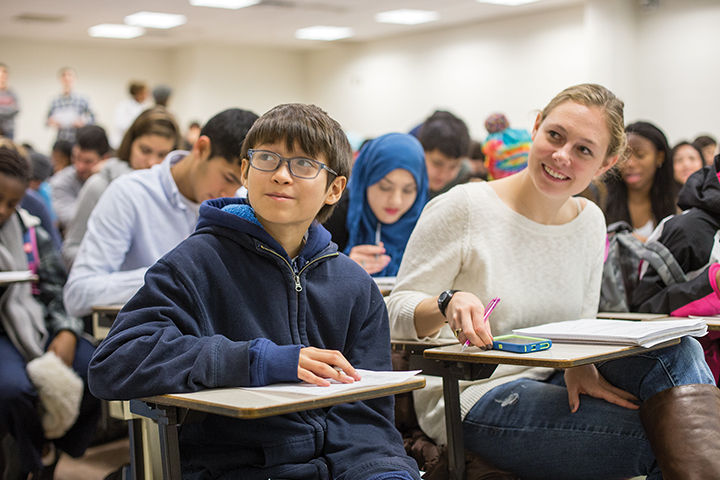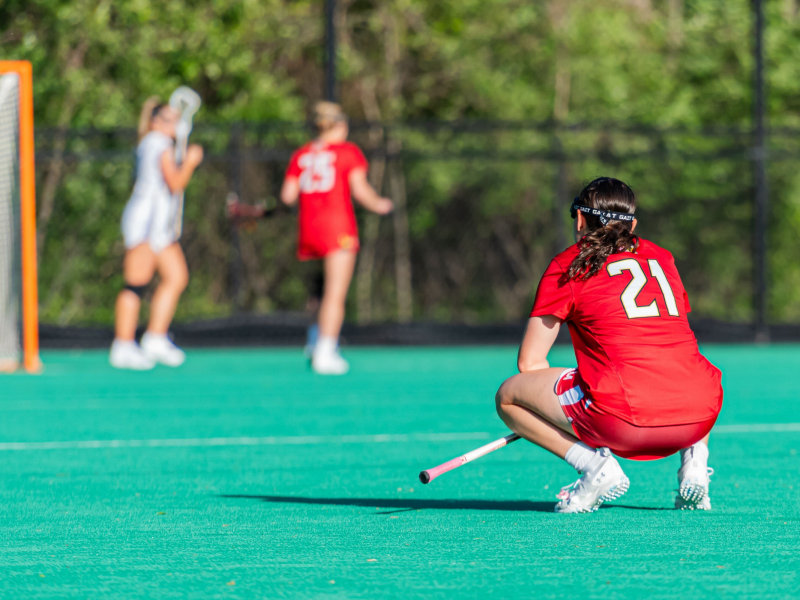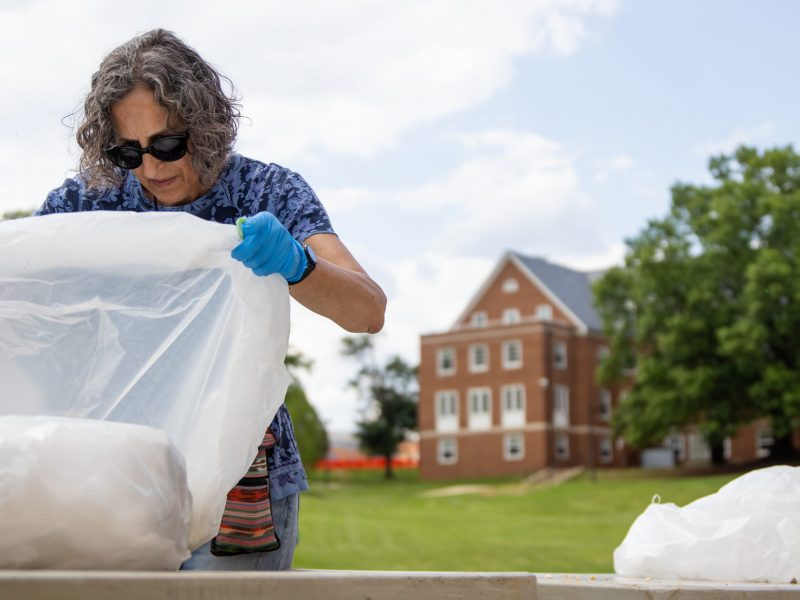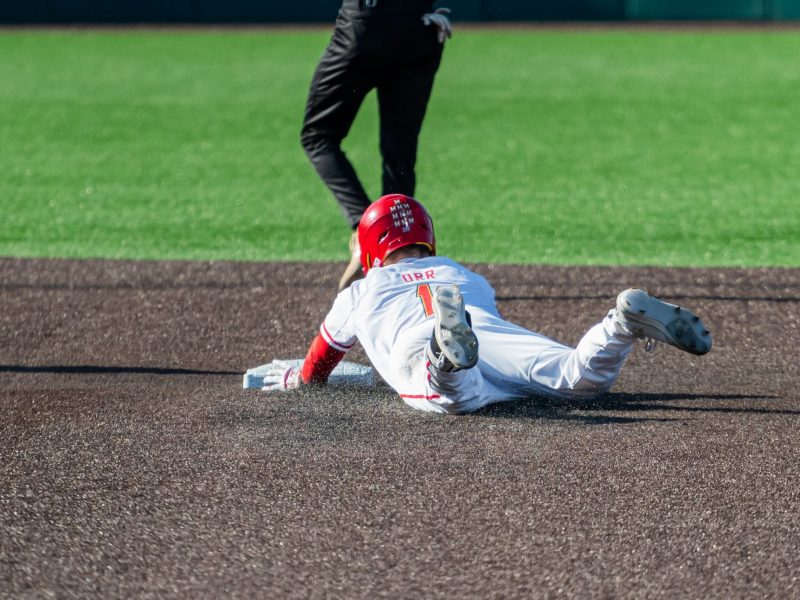
(From Left) Louis Ayala, age 11, and Emma Williams, a freshman neurophysics major, listen to the instructor during a class lecture on Friday, Nov. 21.
A group of Prince George’s County elementary students visited the university on Friday as part of an effort to inspire the children’s learning and interest in the college environment.
The sixth-grade students, who would all be first-generation college students, were participating in Carole Highlands Elementary School’s Kids2College week, a program designed to motivate students to attend higher-education institutions when they get older.
The students attended Marcia Shofner’s BSCI106: Principles of Biology II class and buddied up with university students who guided them through the course material.
Shofner conducted the lecture as she normally would, discussing the differences between amoebocytes and choanocytes, two types of cells in sponges.
“I don’t want my students to feel like I’m giving up a day of instruction,” Shofner said. “That’s why we’re doing the buddy system, to engage both parties.”
Despite the college-level course material, many Carole Highlands students participated in the lecture and answered questions.
“My lab buddy was really active and answered a few questions and got them right,” said David Millner, a freshman enrolled in letters and sciences.
University students worked with the elementary school children on a handout exploring the evolutionary histories of various animal groups. One of Carole Highlands’ counselors, Cassandra Thomas, noticed her students’ engagement.
“The event was very successful,” Thomas said. “[The students] were independently looking for assistance; they wanted to complete the worksheet.”
Not all of Shofner’s students had elementary buddies, but those who did, such as sophomore Maninder Matharu, a biology major, found the experience helpful and rewarding.
“It was fun. I paid more attention to the lecture and focused on my buddy,” Matharu said. “I wanted to be a good role model and look smart in front of these students.”
Shofner also hosted a visit from Carole Highlands sixth-grade students last year. The amount of participation has kindled a developing partnership between the university and the elementary school.
“We’re going to do this visit annually,” Thomas said. “It’s sparking their future. They’ll be working on STEM projects and this is giving them a glimpse of college life.”
Thomas conducted a survey with the participating elementary students before they came to this university for last year’s event, asking them if they thought a college education was an important step toward achieving their goals. Forty-six percent of students agreed that it was, while 24 percent disagreed and 30 percent remained neutral. After that year’s Kids2College visit, Thomas recollected the data and found 80 percent of participants agreed that college was important to their future goals, while only 4 percent disagreed and 16 percent remained neutral.
Thomas and Shofner will be meeting in December with Carole Highlands’ principal to discuss forming an after-school homework club for university students to assist elementary schoolers.
Sarah Miller, a freshman cell biology and genetics major, witnessed many of these students’ newfound aspirations to attend a university one day.
“I’ve had so many of them ask me about college,” Miller said. “It’s letting them know it’s an attainable goal and that it’s not as hard as it seems.”
This inspiration to attend college aligns exactly with the event’s purpose: to encourage students to begin thinking about their futures early, Shofner said.
After the lecture, the elementary students were already talking more about college and science with their buddies.
“My buddy’s already got our mascot down,” Matharu said.



